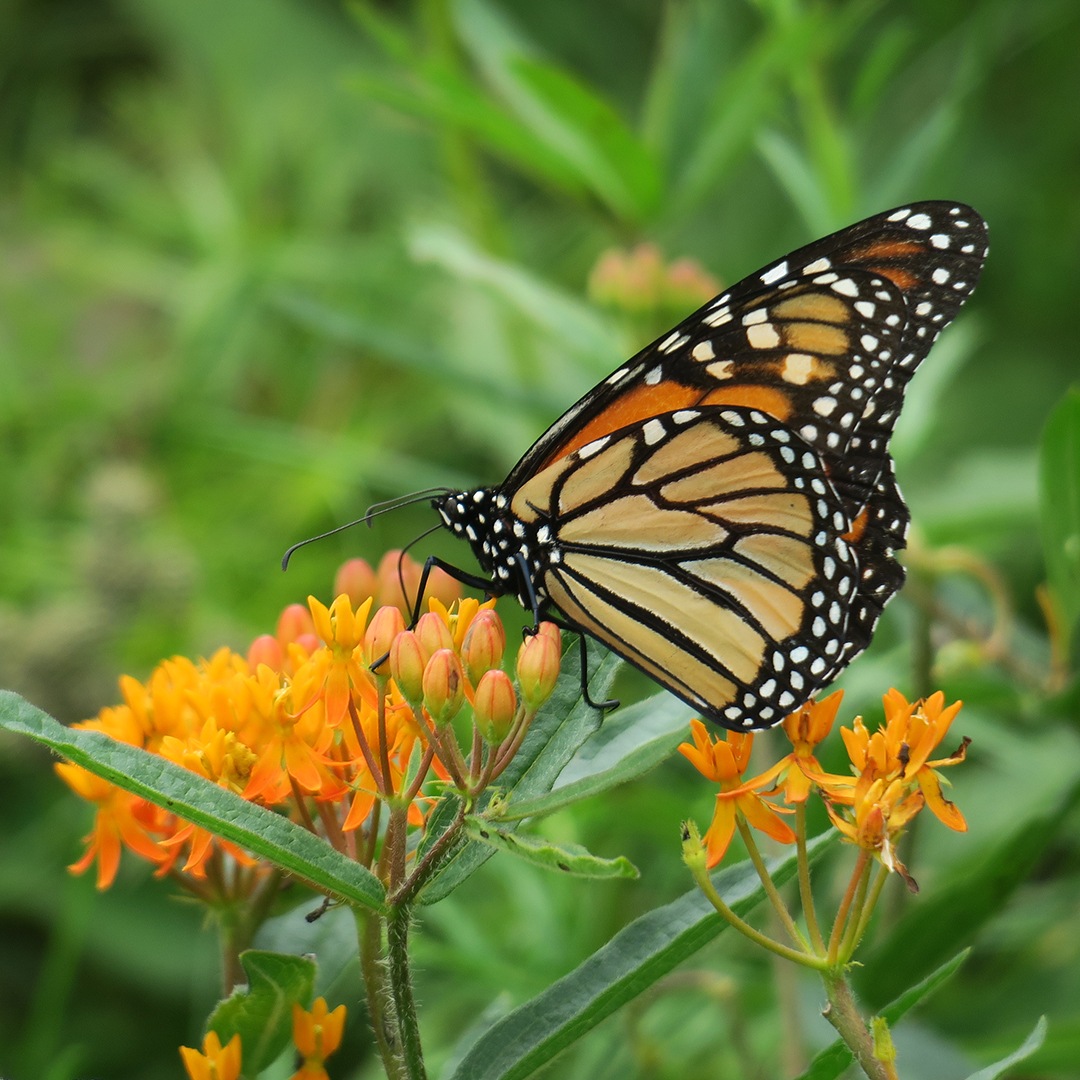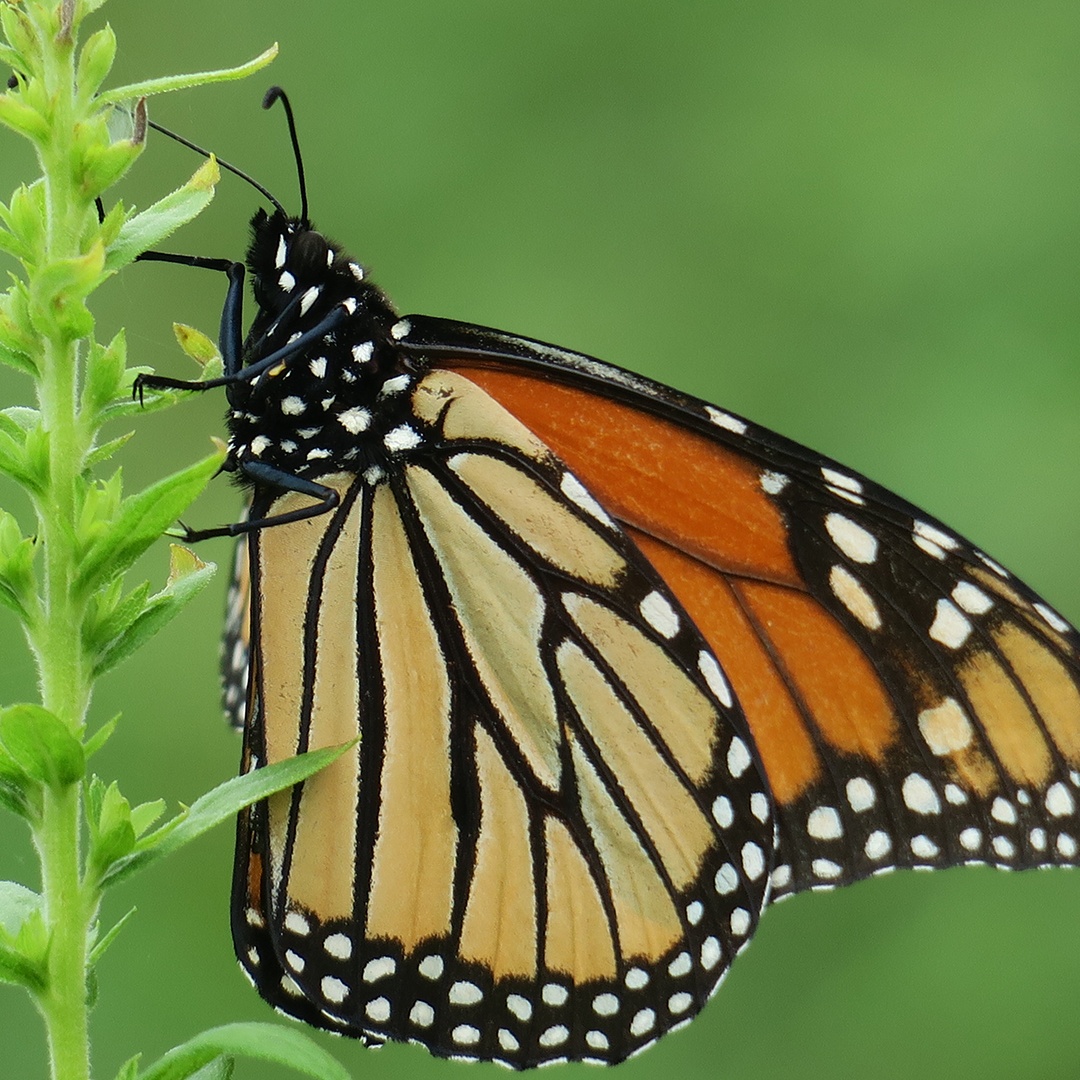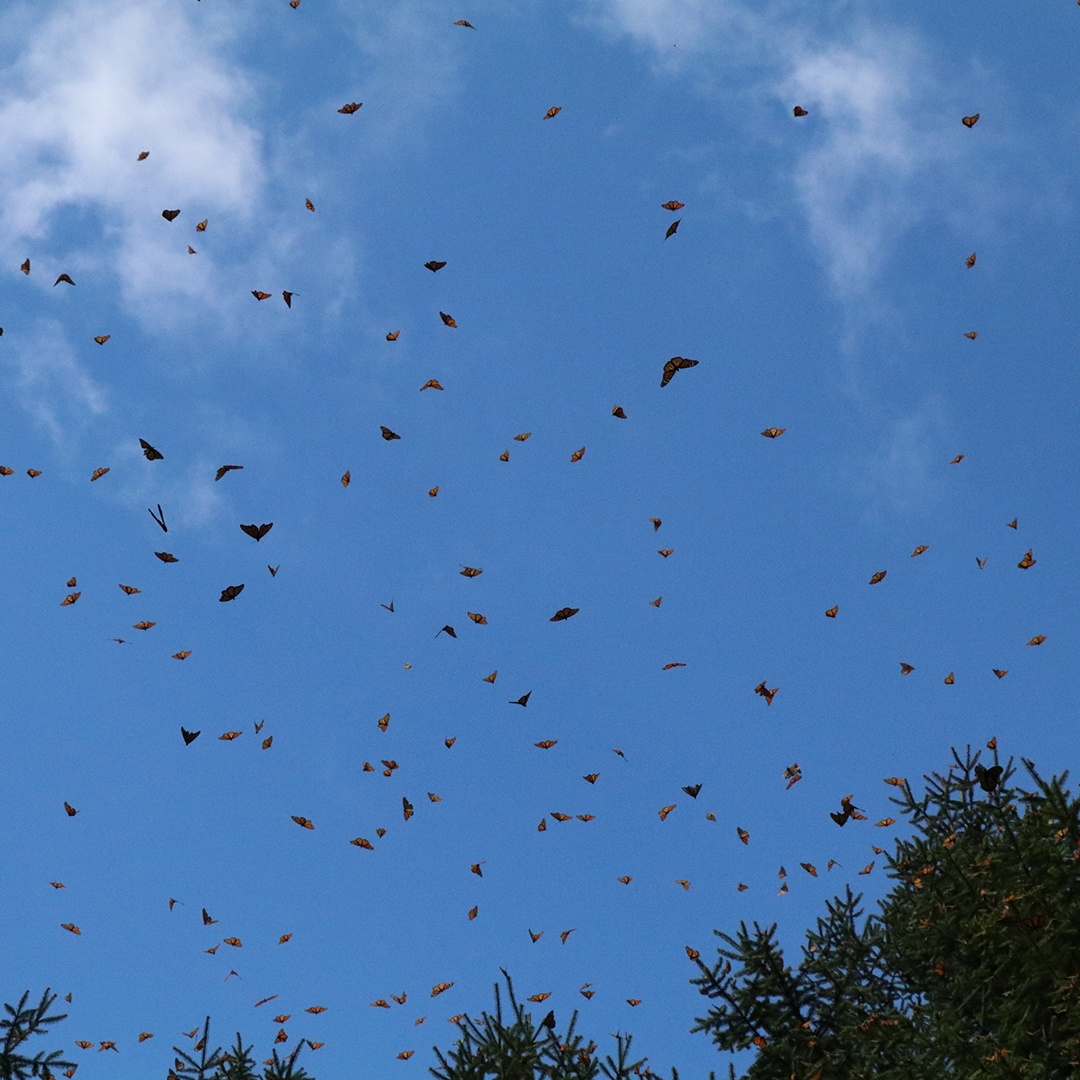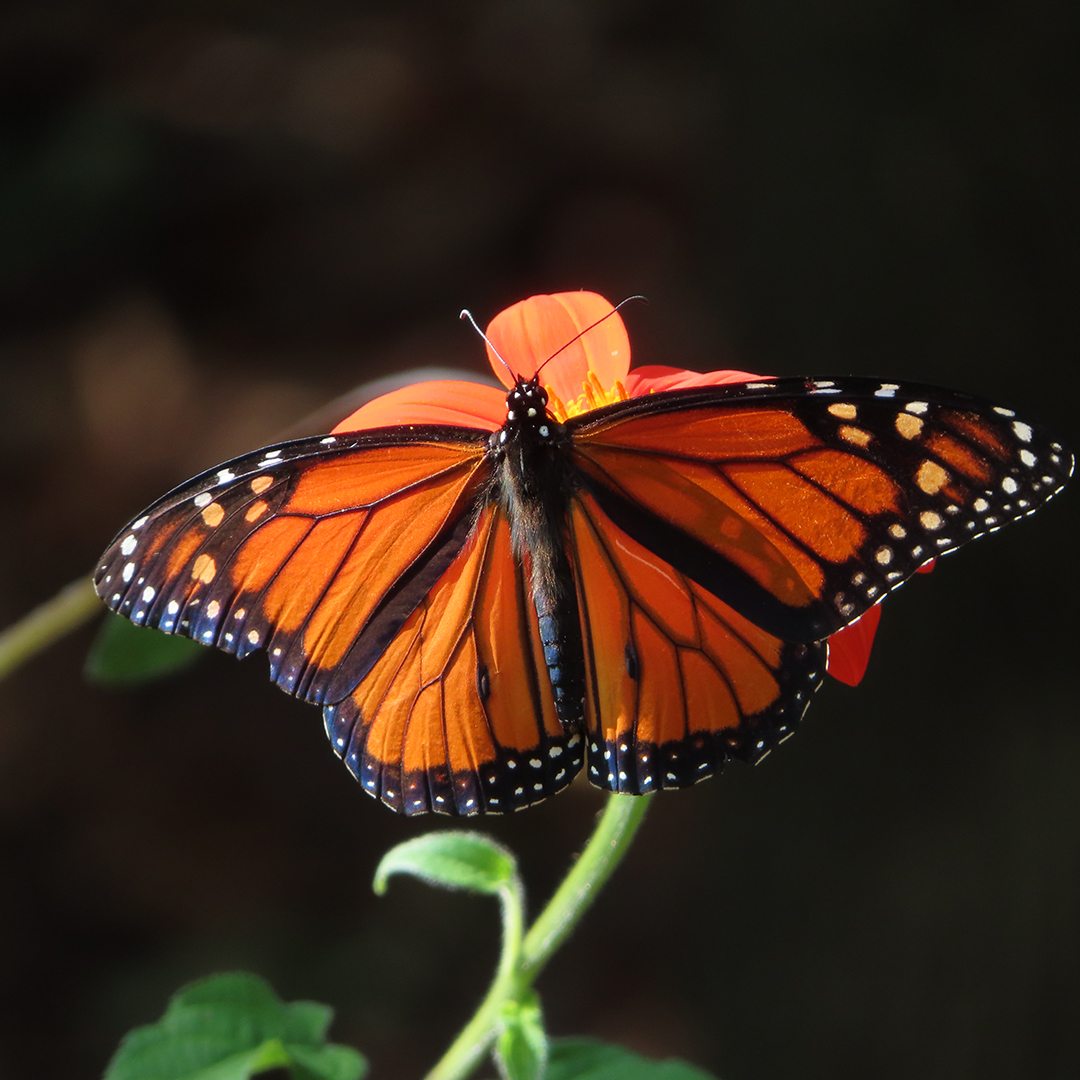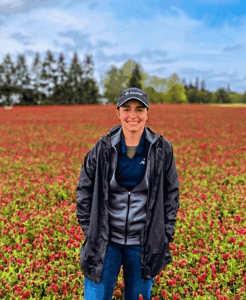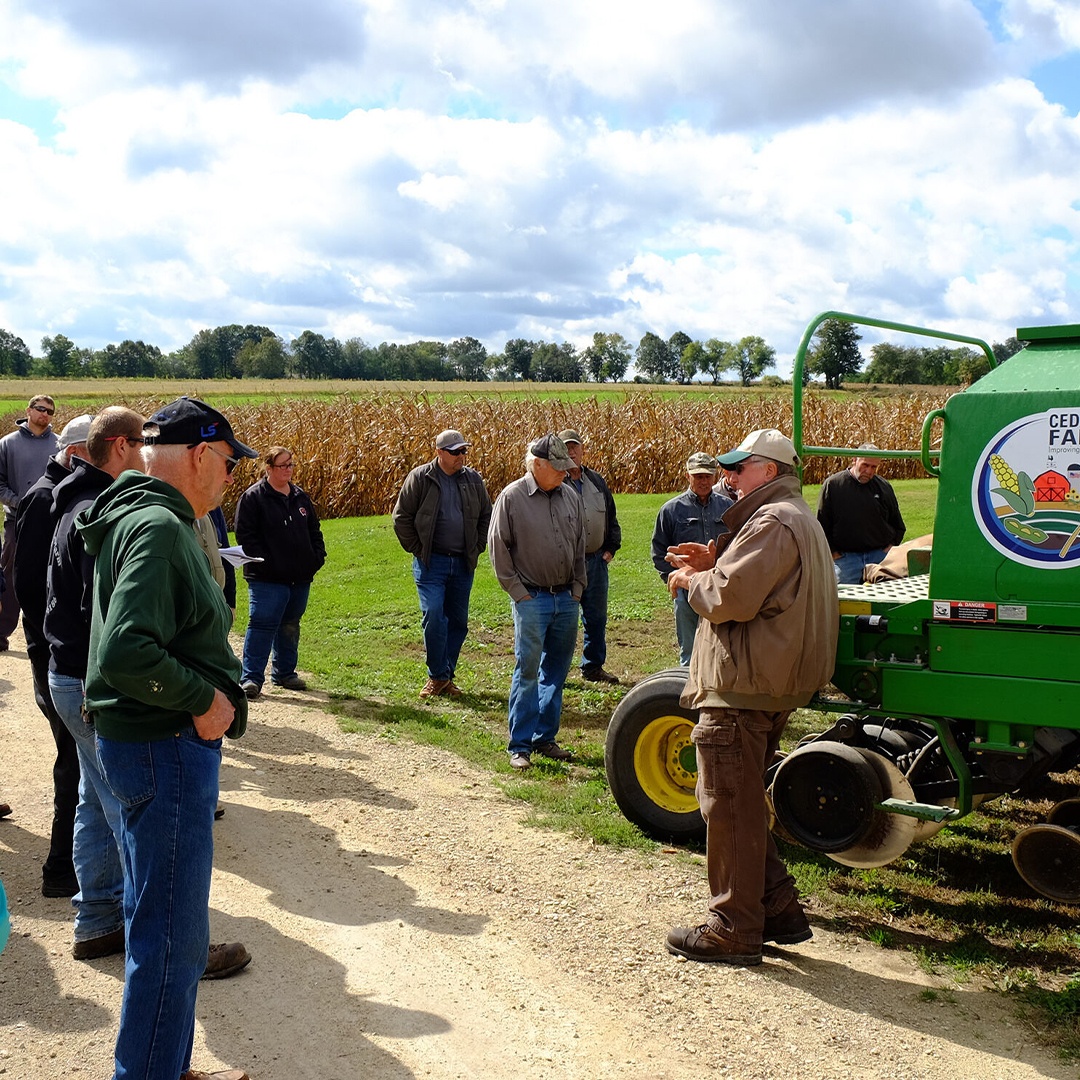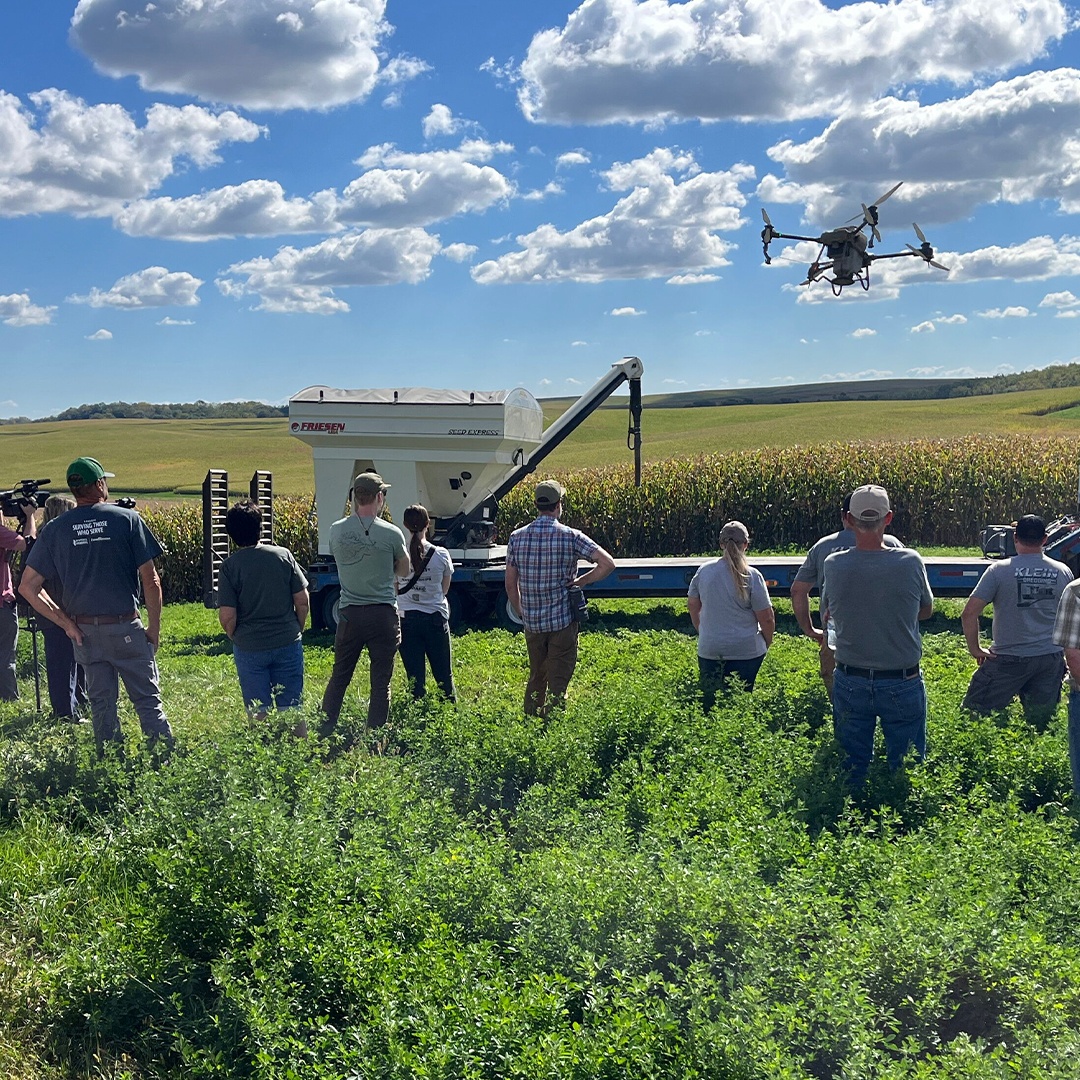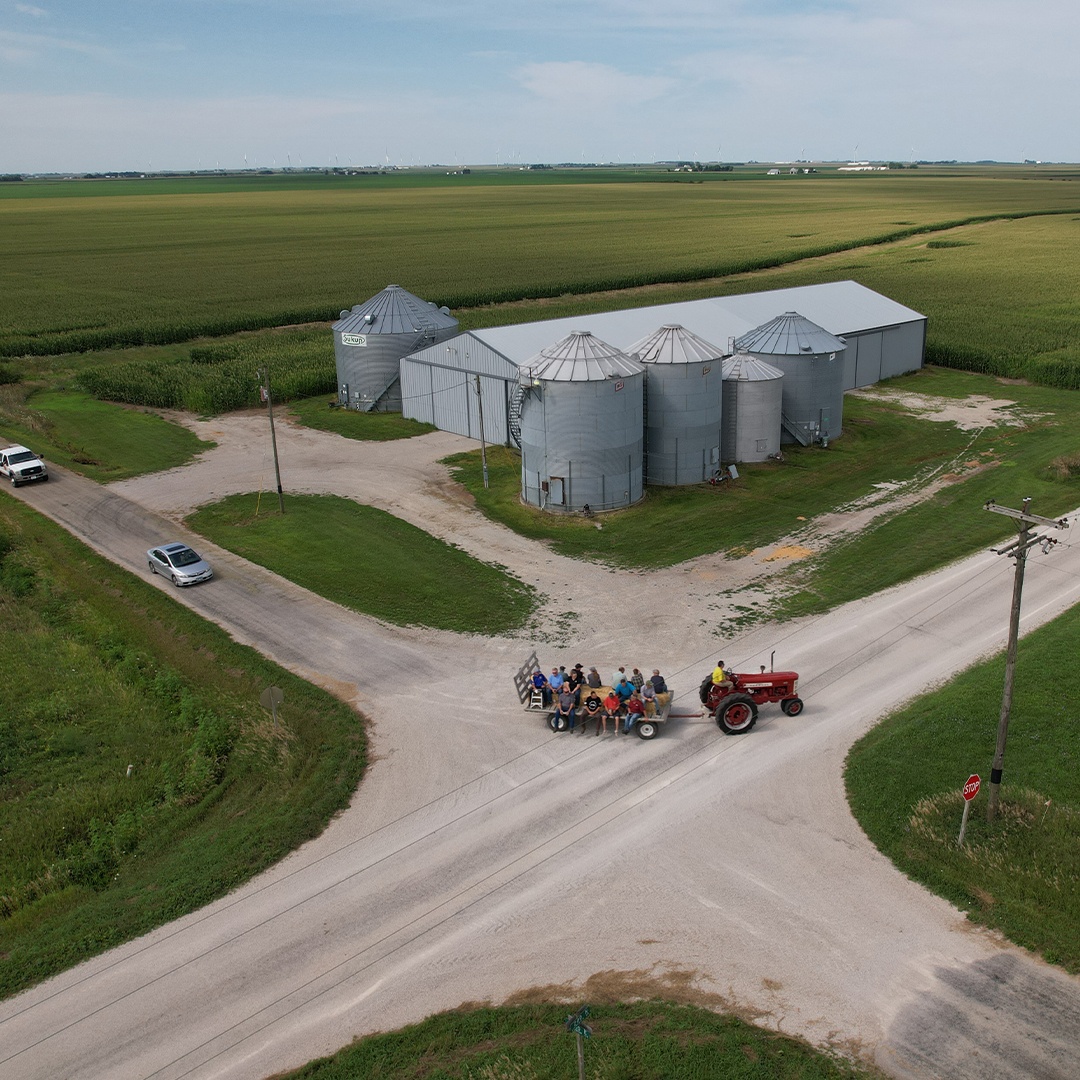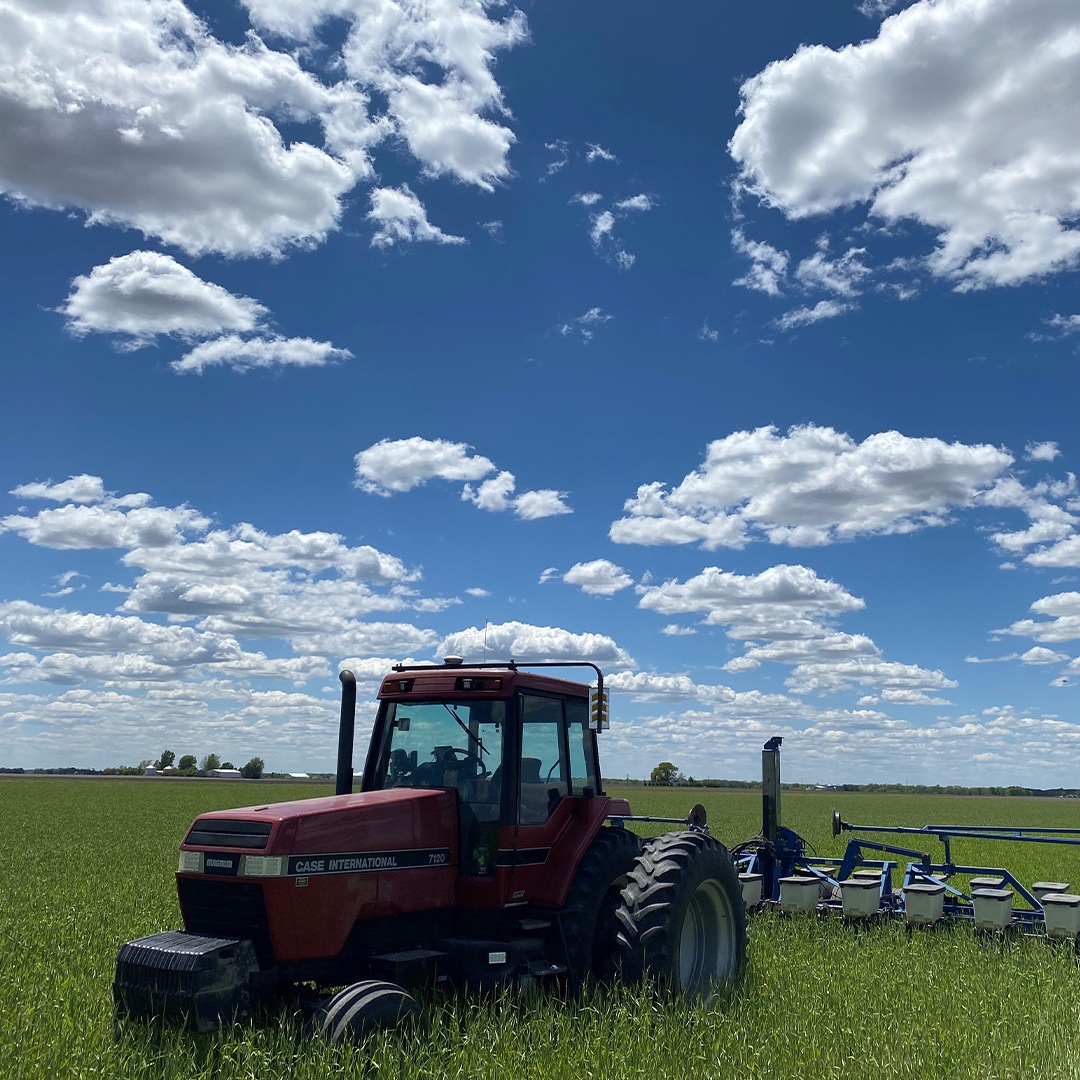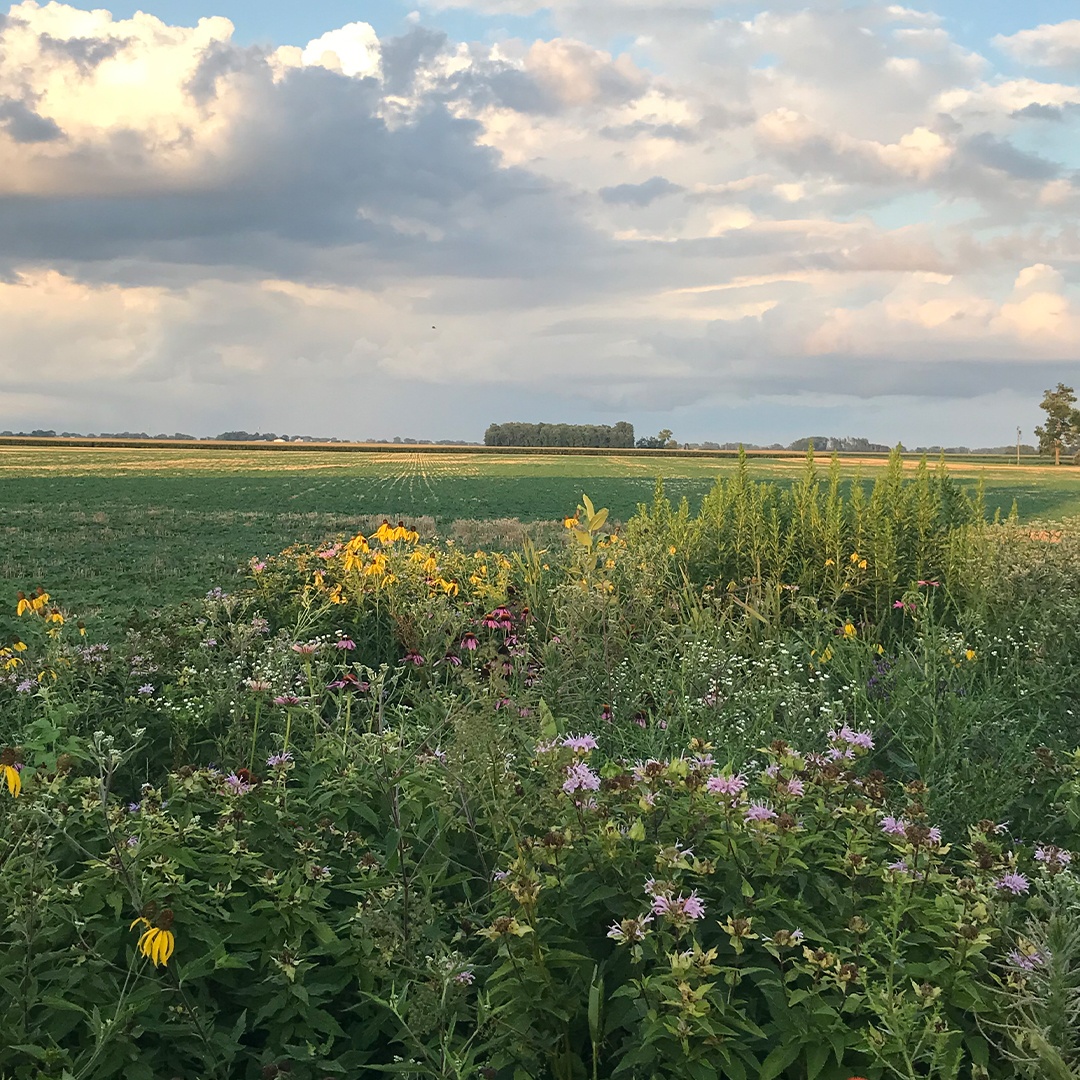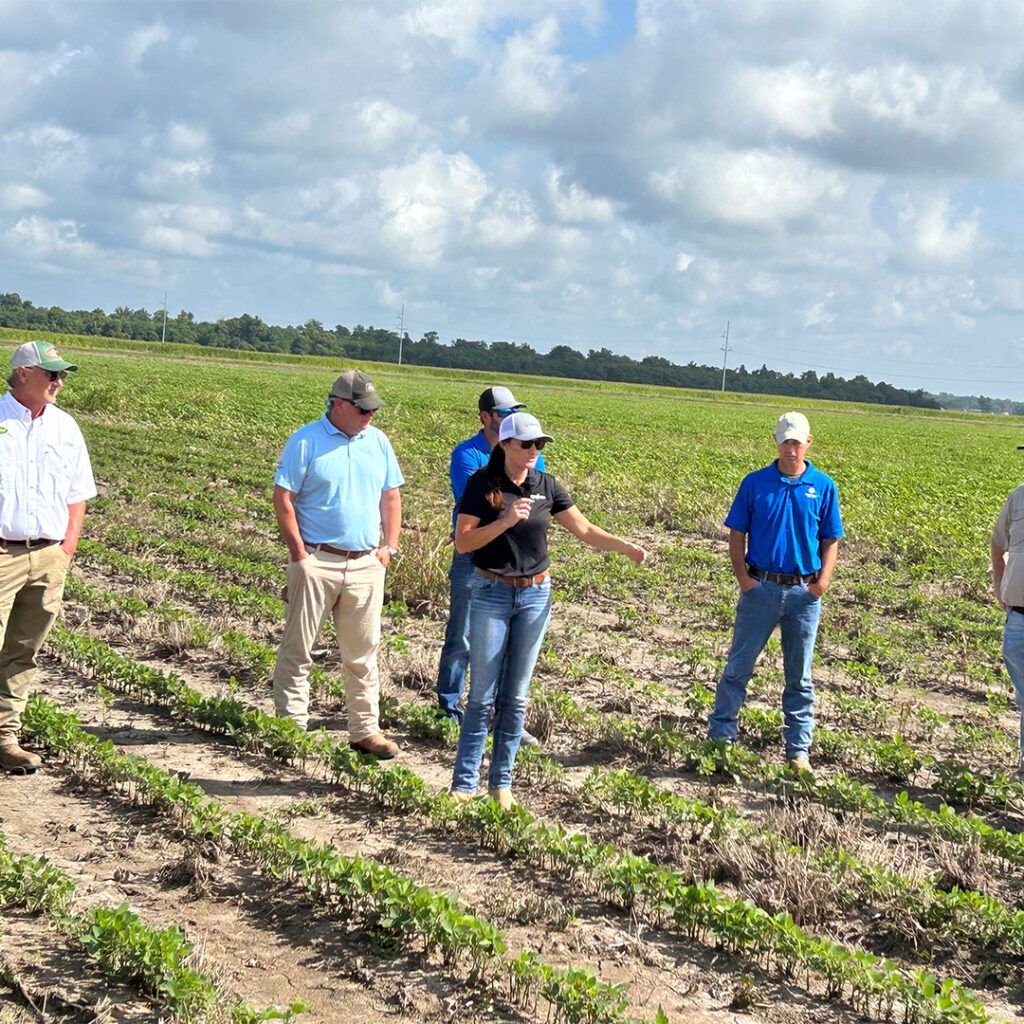In agriculture, where margins are thin and markets are volatile, return on investment (ROI) is crucial for every decision. Yield is an important piece of the puzzle. Andy Dole, a sixth-generation farmer from Illinois, knows this well. That’s why he and other growers seek opportunities to trial products on the farm.
“It’s about pushing top-end yield potential in a way that is financially efficient,” Dole says.
Small scale trials on the farm let growers test out new products and see firsthand what yields the most. From there, they determine which decisions provide the best ROI for their operation.
Other factors, like input costs, should be considered; but experts recommend concentrating on yield to benefit your bottom line.
“When we focus on trying to maximize ROI, the inputs that provide the most yield are really what pays the bills,” says Dean Grossnickle, technical development lead at Syngenta.
That’s exactly the information growers look to gain from these trials.
“We’ve found out from using Trivapro fungicide that not only are we getting better disease control, but we’re also finding greener stalks at the end of the year and better standability,” says Dustin Weber, a Nebraska-based grower. “That leads to higher yields.”
More Growers See Trial Data In Action
Syngenta saw the impact of on-farm trials and started the Better Yield is the Better Deal™ In Action initiative in 2024. The goal of the program is to help more growers trial products and witness the effect these products can have on an operation’s ROI potential. The results had some growers reconsidering their programs.
“We have never used Syngenta crop protection products on our farm ― we mostly use generics,” says Caleb Krupicka, a 2024 participant based in Nebraska. “The trials we did this summer have us debating if that’s the best thing to do.”
In an end-of-program survey, 73% of 2024 In Action participants said in 2025 they would use at least one product they’d trialed, citing product performance, clean fields and yield bumps as reasons for their decision.
Looking Ahead
The 2025 growing season is well underway, and Syngenta has launched the second year of its In Action trial initiative to show a new group of growers that Better Yield is the Better Deal. The 2024 initiative was piloted in the Midwest but has now expanded to include Southern and East Coast states. On-farm trials are in progress on over 4,000 acres of land across 120 operations.
Follow along with our interactive map and evaluate the data for yourself. If you’re interested in performing your own trial or want to learn more about the data behind Syngenta products, reach out to your local Syngenta representative.
